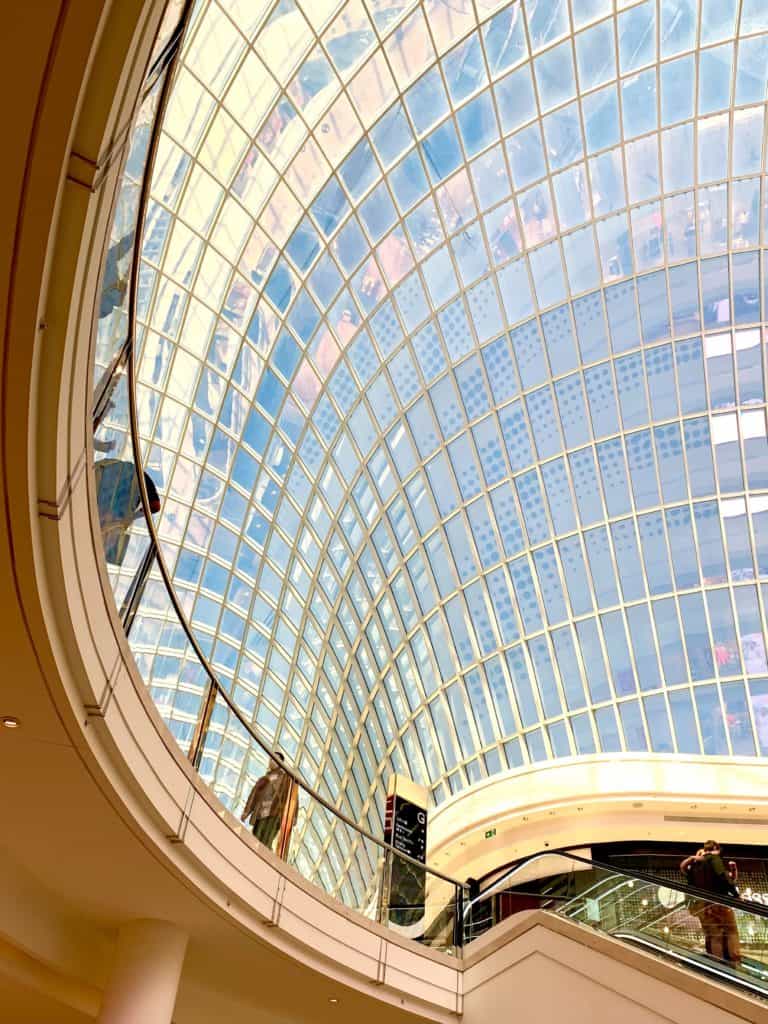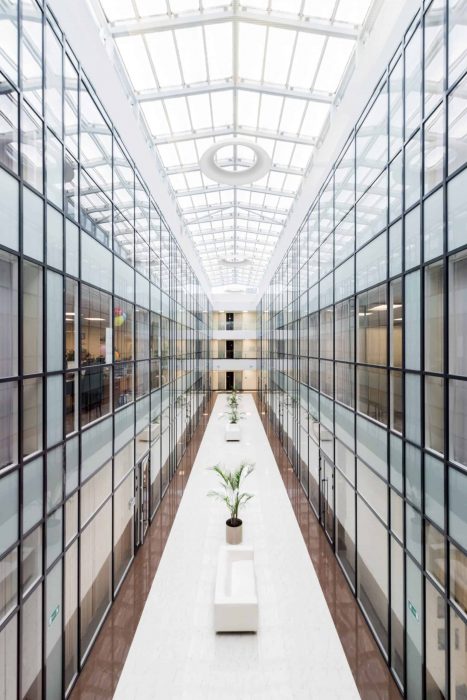LED technology brought dynamic lighting to mainstream architecture. What once required elaborate theatre and stage lighting equipment, can now be achieved with commercially available luminaires designed for architectural applications.
Although colour changing RGB LED’s have come a long way since they first appeared on the market, it was the evolution of dedicated white LED’s that enabled this technology to begin replacing conventional sources such as incandescent and fluorescent lamps.

Combining White LED’s with their Red, Green, and Blue counterparts – RGBW – introduced the possibility of switching between white light for standard illumination and coloured lighting for events or special occasions. Until now the white LED had to be a fixed predetermined colour temperature, such as warm white or cool white, however thanks to tunable white technology this is no longer a limitation.

RGBTW – short for Red, Green, Blue, and Tunable White – gives end users the possibility of not only dialling a specific hue through the use of RGB lamps, but tune in the colour temperate of their white light source. Which is very advantageous in locations where the artificial lighting supplements the daylight.
Take for example an atrium which during the day receives natural illumination supplemented with artificial lighting. Since daylight is dynamic (both colour temperature and intensity change throughout the day) static white light will at times contrast rather than complement the skylight. By incorporating Tunable White the artificial lighting can mimic the natural transition from cool to warm white lighting, seamlessly providing a comfortable ambience at all hours.


Facade lighting and exterior applications can also benefit from tunable white lighting. Adjusting the colour temperature can subtly and tastefully influence the appearance of architecture or landscaping, as it responds to seasonal changes throughout the year.


